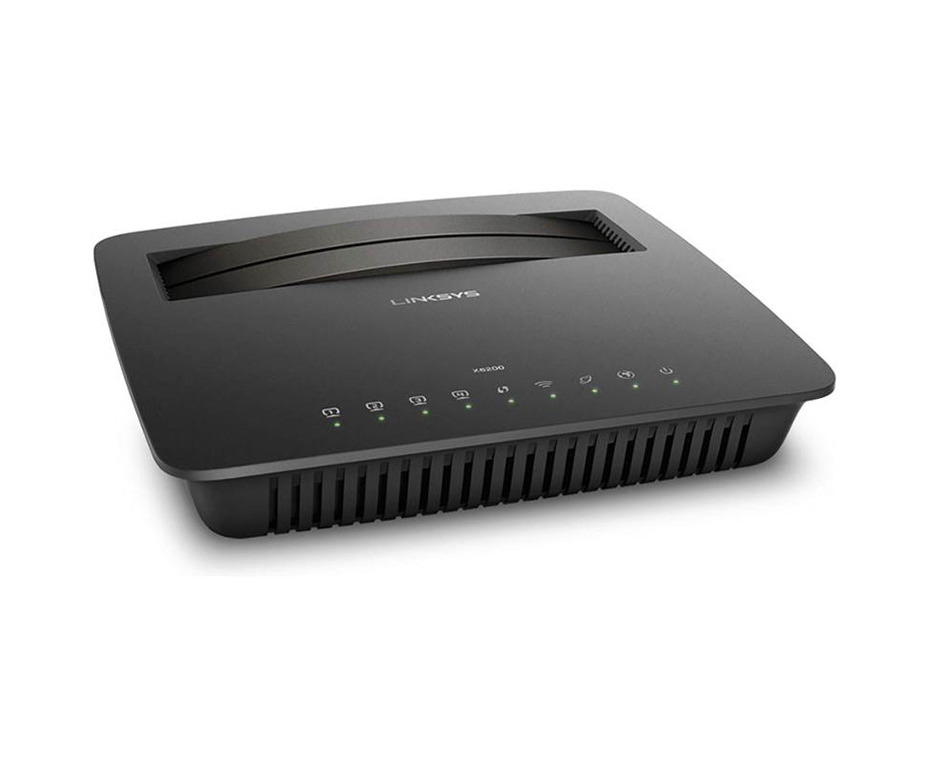
I can’t see a national regulator raising a case where the user connects a device which fails to meet the published technical specification (which a lot of devices do not adhere 100%, especially in the OAM fault diagnosis space), impairs access for other users who are using compliant devices and is then cut off. Given that OR have had issues in the past with uncertified devices causing issues with their DSLAMs and monitoring systems I don’t think it is as cut and dry as MCT equals a direct contravention. There is also reference to an “objective technological necessity” to mandate obligatory equipment. So that moves the liability onto your ISP who are providing the IAS, however given their contract with OR mandates the MCT process they are somewhat hamstrung in rectifying if OR decide that it is causing issues. So the BEREC guidelines regarding terminal equipment are in relation to provision of an “internet access service”, which is technically not something that Openreach sells to CPs, it purely provides an access service from the customer premise to the handover point of the nearest fibre serving exchange. Is that actually what does happen? Or do they just take their own list with a pinch of salt regardless?

You can not as a massive organisation just make it up as you go along, turn up at a premise and just assume because a BT logo is slapped on something it must be fine but anyone elses logo should raise questions. The list is either valid or it is not, there is no ambiguity as to what is and is not listed or what should or should not be supported. I can only conclude that anyone using a Home hub 5A or hub 6 (both A and B) is running a non compliant device and BT should be refusing support for those devices and Openreach engineers if they swear by their list should not be touching them. The prior generation Home hub 5 (complete with a little “b” next to it) is on the list but the “a” version is not and neither as i stated is the Smart hub.
#ADSL MODEM VS ROUTER SOFTWARE#
Software in the 2 is different (even if the only difference is image logos in that software/firmware, it would still mean that has not been tested and would mean it functions differently) Even if it is the same thing with a different brand sticker as EEs device. It also does not mean the BT hub 6 (AKA Smart hum) is compliant. I guess the only issue is there are versions “A” and “B” of the BT smart hub or home hub 6 (not sure if that was the case for EE) and the list still does not mention or differentiate. This is not an exhaustive list, some branded models are missing but still approved. NOTE: Routers/modems with an ‘L’ on the end denote devices that are specific (locked) to certain ISPs or may only be modems that require a separate router. You may even run the risk of paying extra charges if your unapproved kit is found to be the cause of a fault investigation (rare). Many people happily use unapproved devices (we can’t blame them since Openreach’s testing only covers a few of the available devices and most people aren’t even aware of the rules), although if you ever need support from your ISP then don’t be surprised if they refuse to help unless you connect an approved device.

The vast majority of VDSL equipped routers, whether approve or not, will cause no serious issues. Internet providers and manufactures often submit new routers to Openreach’s Modem Conformance Testing (MCT) process, which ensures that they are able to work correctly within the operator’s network and without causing any harm to the service or other users. Thankfully uno has published the most recent list of approved devices. Consumers have a lot of options when buying a new VDSL2 router for their ‘up to’ 80Mbps capable (66-63Mbps average) Fibre-to-the-Cabinet ( FTTC) based broadband ISP connection but strictly speaking you should be using an Openreach ( BT) approved model.


 0 kommentar(er)
0 kommentar(er)
